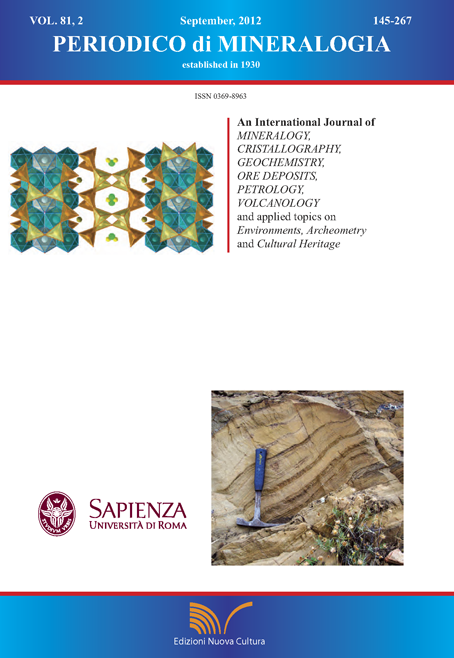Mineral composition of the airborne particles in the coal dust and fly ash of the Kolubara basin (Serbia)
DOI:
https://doi.org/10.2451/2012PM0012Keywords:
mineral, particle, dust, fly ash, deposited material, KolubaraAbstract
The airborne particles were collected near the power plant and the opencast coal mine of the Kolubara basin. This paper represents the part of the one-year project aiming to collect, characterize and then determine the mineralogical composition of the airborne particles. Samples of deposited particulate matter from the air were collected between March 2007 and March 2008. Mean concentrations content of soluble, insoluble and total deposited matter measured annually exceed 200 mg/m2 per day (U-1 and U-3). The particle distribution at all sites was classified in three classes: the particles larger than 10 μm, the particles from 10 to 2.5 μm and the particles below 2.5 μm. Such a division gave the ratio of inhaled and respiratory particle concentrations by the measuring points. Scanning electron microscopy showed that dust from coal mines and power plant largely consists of the group of mineral grains and coal particles. SEM-EDS analysis also showed that the mineral composition of the deposited particulate matter was heterogeneous but uniform throughout the investigated area. These findings were also supported by X-ray powder diffraction analytical studies, which gave a similar mineral composition for all samples (quartz, feldspar, clays, gypsum, dolomite, calcite, micas, chlorite and hematite). This paper shows that both concentration and mineralogical characterization of airborne particles from mine and power plant are essential for quantification of the fractions that are inhaled and for the identification of potentially dangerous (hazardous) components in the deposited matter.


